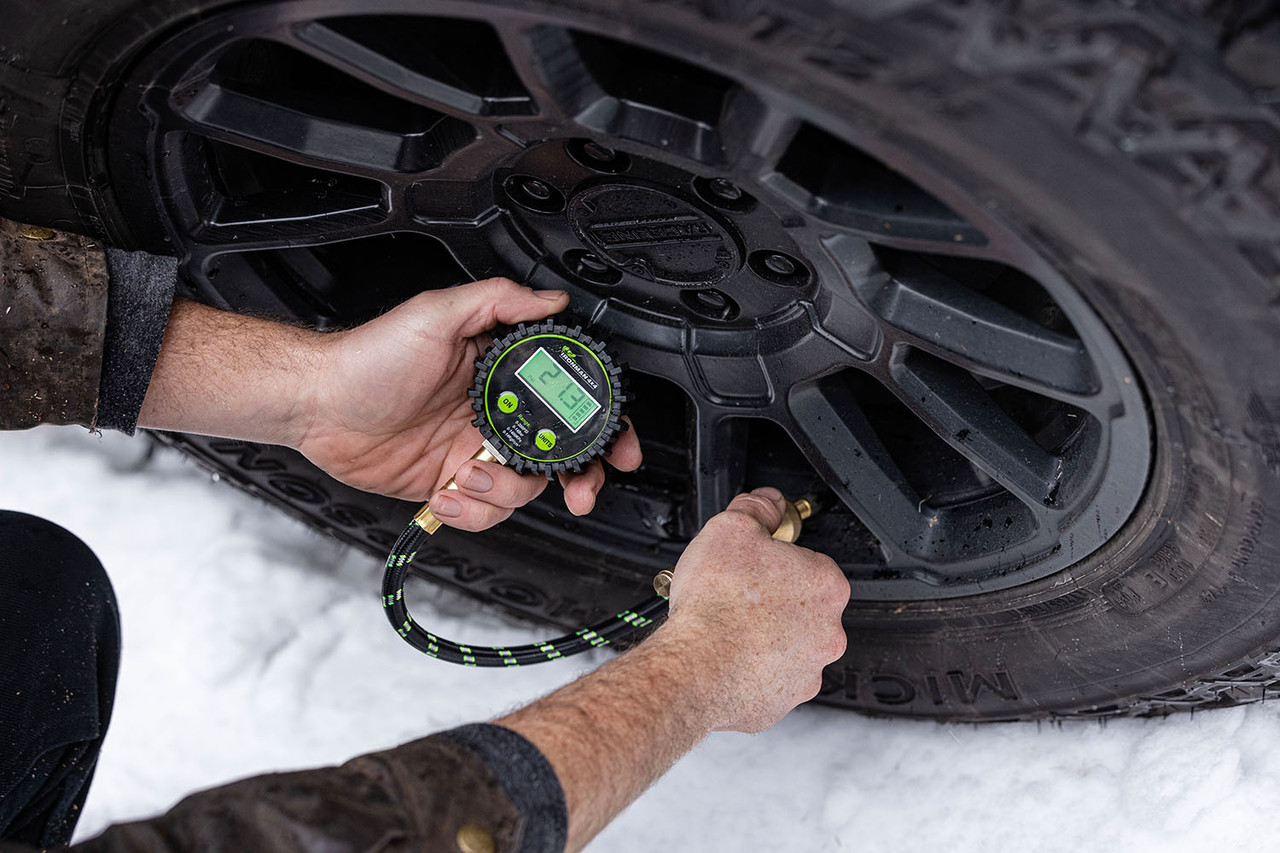Tyre pressure is pivotal in automotive care, ensuring tyre safety, fuel efficiency, and longevity. Although less discussed, Tyre deflators are integral tools that work with tyre pressure monitoring systems to maintain these essential standards. These devices help optimise vehicle performance under various driving conditions by enabling precise control over tyre pressure. Understanding how they operate and their role in pressure monitoring can significantly enhance your vehicle maintenance routine.
What Are Tyre Deflators?
They are devices designed to automatically let the air out of your tyres to reach a preset pressure level. Typically used by off-road enthusiasts and in commercial applications, these tools allow for rapid pressure adjustment to suit different terrains, which can be crucial for maintaining traction and vehicle control. By deflating appropriately, drivers can prevent wear and tear and reduce the likelihood of punctures in rough driving conditions.
The Mechanics Behind Tyre Deflators
The operation is straightforward yet highly effective. Most models are mechanically operated and can be screwed onto the valve stem. Once attached, the deflator automatically releases air until the internal spring mechanism senses the tyre has reached the preset pressure. This function is vital for adapting quickly to changing driving surfaces without manual intervention, making it a favourite tool among those who frequently transition between different types of terrain.
Integration with Tyre Pressure Monitoring Systems
Integrating them enhances the vehicle’s overall functionality and safety. These monitoring systems continuously assess the air level and provide real-time updates to the driver via the vehicle’s dashboard. When paired with deflators, this system informs the driver of the current level and actively manages them to maintain optimal levels, significantly reducing the risk of road-related incidents.
Benefits of Using Deflators
The advantages of using them extend beyond simple convenience. These devices help improve fuel economy by maintaining optimal pressure, as under-inflated requires more energy to move and maintain speed.
Additionally, correct pressure ensures that the contact with the road is evenly distributed, leading to more even wear and longer life. In safety terms, a properly inflated one provides better handling and shorter braking distances, crucial factors in avoiding accidents.
Moreover, their consistent use can significantly reduce the stress exerted on a vehicle’s suspension components, promoting durability and reducing maintenance costs. These devices also help maintain structural integrity by preventing overinflation enhancing overall vehicle performance.
Furthermore, quickly adjusting pressure according to terrain increases driving comfort and adaptability, ensuring a smoother ride across diverse environments. Lastly, regular and correct inflation through deflators reduces the environmental impact by improving the vehicle’s fuel efficiency and decreasing emissions.
Choosing the Right Tyre Deflator
Several considerations must be taken into account to arrive at the correct one. These include the nature of the vehicle, the usual driving circumstances, and the driver’s requirements. A simple, adjustable model may suffice for everyday drivers, allowing occasional adjustments when pressures drift from the norm. Off-road drivers might opt for more robust models that can rapidly deflate for softer surfaces like sand or mud and then re-inflate them for standard road use. By keeping these things in mind, you can choose a deflator that works for your driving style.
Tyre deflators play a critical role in tyre pressure monitoring, ensuring that vehicles remain safe and efficient regardless of the driving conditions. These tools facilitate the maintenance of optimal pressure and enhance the vehicle’s handling and fuel economy. Investing in a reliable option is wise for any driver looking to improve vehicle performance and safety.
